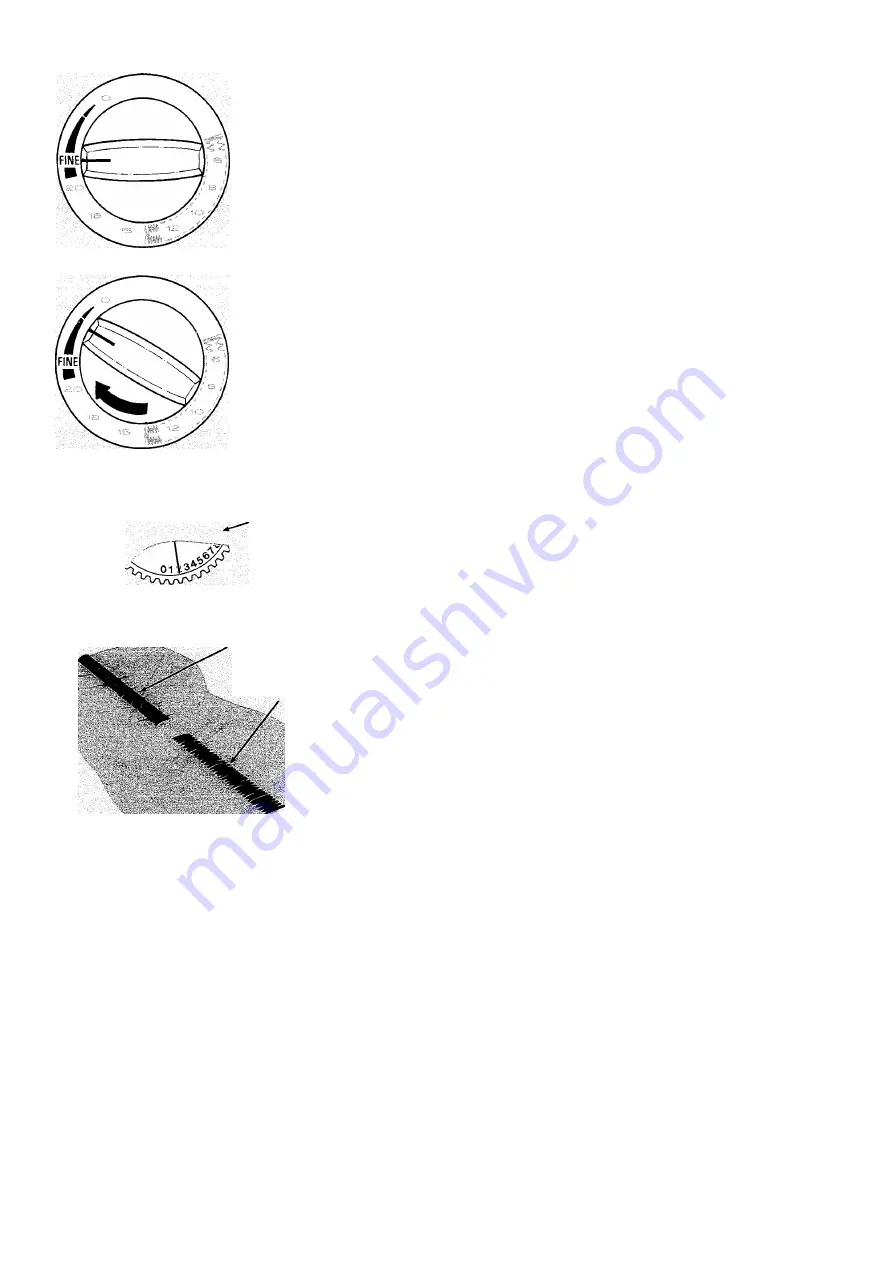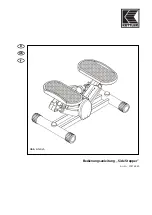
stitch Length in FÍNE Area
As Dial Is Turned, Stitches Close Up
Tension Dial
Incorrect
Correct
Adjusting Thread Tension
decorative touches
SATIN STITCHING
Satin stitching, a series of closely spaced zig
zag stitches that form a smooth, satin-like
surface, is useful for both practical and deco
rative work. The plain zig-zag stitch, for ex
ample, is suitable for appliqué when closed
up to form a satin stitch. Other built-in and
interchangeable
Fashion
Stitch patterns (as
illustrated on pages 20 and 24) can be sewn at
satin-stitch length.
When you wish to produce a satin stitch, make
a test sample first so that you can adjust the
stitch length and thread tension properly. Soft
fabric may require a backing to ensure firm
satin stitching. Crisp lawn or organdy is suit
able for this purpose. For best results, use the
special purpose foot.
• Stitch: Desired FasWon Stitch
• Stitch Width: 2 through 5
• Needle Position:
• Stitch Length:
FINE
area
• Zig-Zag Plate
• Special Purpose Foot
Adjusting Stitch Length
1. Set stitch-length dial at bottom of FINE
area.
2. Run machine at slow speed.
3. Gradually turn dial clockwise until stitches
are closely spaced and form a smooth sur
face.
Adjusting Thread Tension
Satin stitching usually requires less tension
than straight stitching and open zig-zag stitch
ing. Furthermore, the wider the satin stitch,
the lighter the tension on your thread must be.
Notice the stitching on your sample. If the
fabric is puckered, or the bobbin thread is
pulled to the fabric surface, lower the needle-
thread tension by turning the dial to a lower
number.
54
Instrukcje obsługi maszyn do szycia firm Polskich jak i zagranicznych np. Singer Toyota Pfaff Gritzner Łucznik Arka
















































